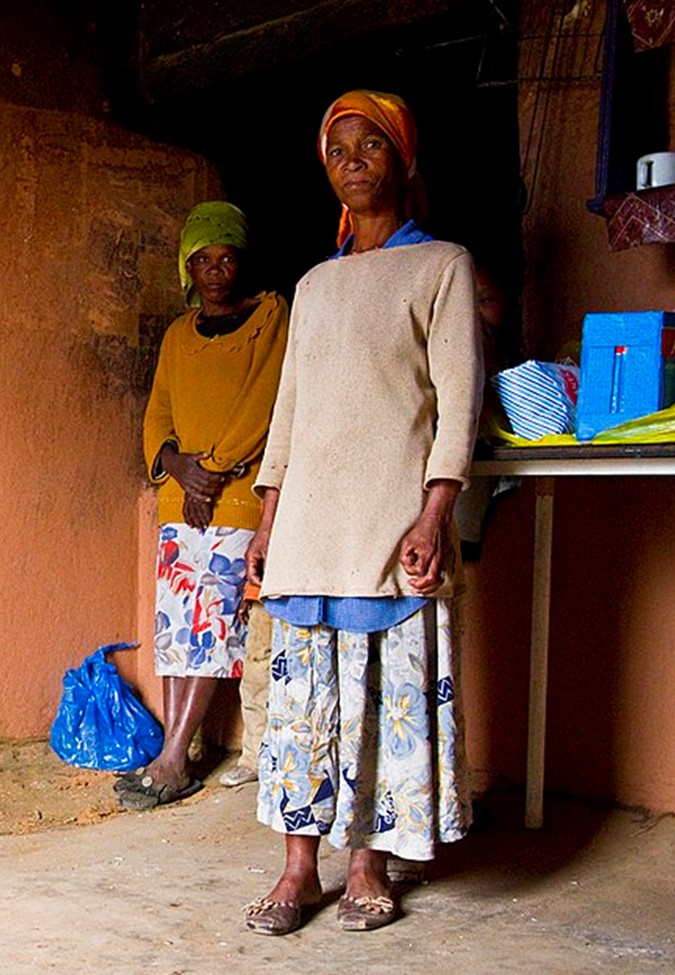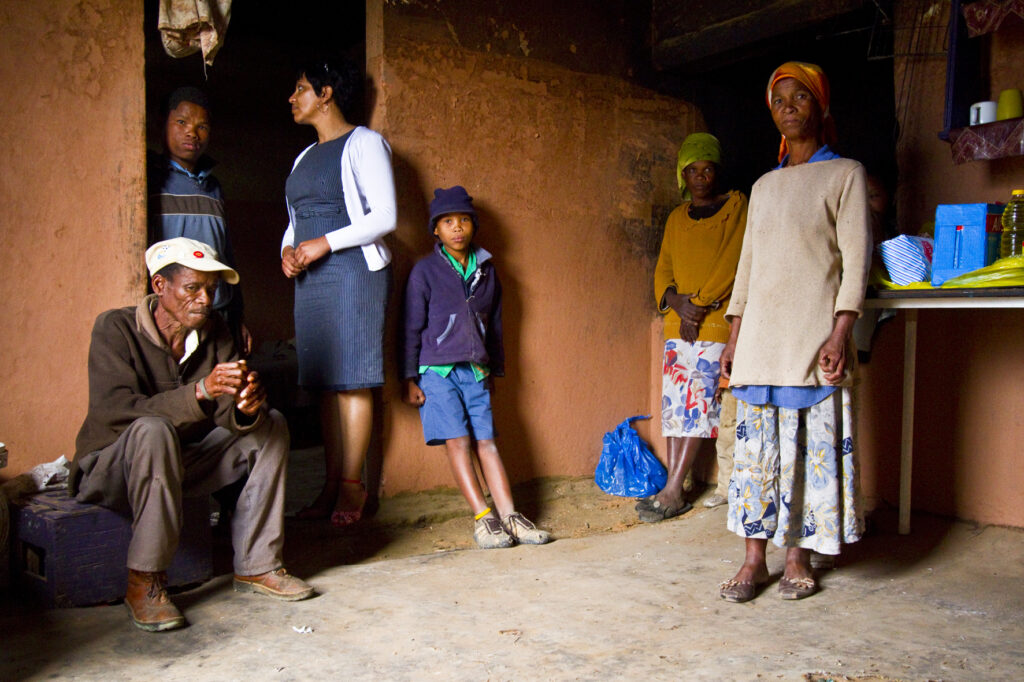
Hope for Tanzanian Widows Initiative
Legal aid for preventing tomorrow’s poverty through legal wills today
Read More
The Problem: Destitute Widows
OUR VISION
Hope for Tanzanian Widows envisions a future of well-being for widows,
shielded from predatory in-laws through legally binding wills that protects their homes and assets,
thus reducing destitute widowhood.
OUR MISSION
Preventing widows from experiencing destitute poverty through legal wills
CORE VALUES
- Biblical mandate to care for the widow and fatherless
- Compassion for vulnerable widows and their children
- Prevention of destitute widowhood through legal wills
- Upholding Tanzanian laws in support of justice for widows
- Human rights with the equality of men and women
- Leveraging church and community networks for preventing destitute widowhood through legal wills and/or agreements of joint ownership of property
Support Hope for Widows
Bank Name: Exim Bank
Account Country Name: TANZANIA
TZS Account: 0340005078
USD Account: 0340005077
Branch Address: P.O. Box 575, Arusha
SWIFT Code: EXTNTZTZ
- Elieshi Mungure, “Widowhood: An Experience of Loss from an African Patriarchal Society” (Master’s Thesis, Dubuque, IA, Wartburg Theological Seminary, 2000), 150. ↩︎
- Bethany Brown, “‘You Will Get Nothing’: Violations of Property and Inheritance Rights of Widows in Zimbabwe,” Human Rights Watch, January 24, 2017, https://www.hrw.org/report/2017/01/24/you-will-get-nothing/violations-property-and-inheritance-rights-widows-zimbabwe. According to this report, in a contemporary African society, it is a common trend for widows to be victimized by stripping off their property and land assets following the death of their husbands. ↩︎
- “Widowhood: Invisible Women, Secluded or Excluded in Women,” Women 2000: United Nations Division for the Advancement of Women, December 2001, 8, 11 ↩︎
- “Widowhood: Invisible Women, Secluded or Excluded in Women.” Women 2000: United Nations Division for the Advancement of Women, December 2001, 20. ↩︎
- Tamar Ezer, “Inheritance Law in Tanzania: The Impoverishment of Widows and Daughters,” The Georgetown Journal of Gender and the Law VII, no. 599 (2006): 601. ↩︎

